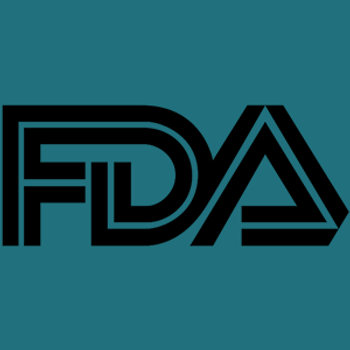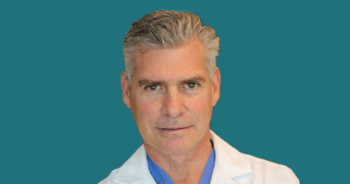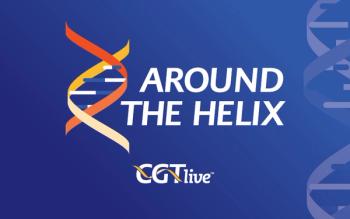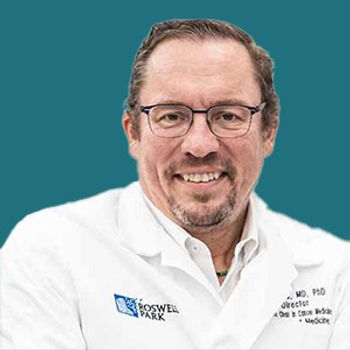
Alexey Danilov, MD, PhD, on CAR T and Bispecific Antibody Sequencing for DLBCL
The professor in the Division of Lymphoma in the Department of Hematology & Hematopoietic Cell Transplantation at City of Hope discussed unanswered questions with regard to DLBCL treatment sequencing.
This video originally appeared on our sister site,
"In terms of sequencing, there is now an emerging question of whether we should be using bispecifics or CAR T-cells first. Some of this will be driven by logistical issues, some will be driven by whether there is easy accessibility to a tertiary care center that can [administer] CAR T-cell therapy, and some will be driven by patient comorbidities, cost, and other factors."
A number of important considerations exist for sequencing of treatment in patients with diffuse large B-cell lymphoma (DLBCL), as do unanswered questions. In an interview with CGTLive®'s sister site, OncLive®, Alexey Danilov, MD, PhD, the Marianne and Gerhard Pinkus Professor of Early Clinical Therapeutics, medical director of the Early Phase Therapeutics Program for the Systems Clinical Trials Office, codirector of the Toni Stephenson Lymphoma Center, and a professor in the Division of Lymphoma in the Department of Hematology & Hematopoietic Cell Transplantation at City of Hope in Duarte, California, discussed these topics.
This discussion was preceded by
Danilov pointed out that because multiple highly active therapies, including chimeric antigen receptor (CAR) T-cell therapies, bispecific antibodies, and CD19-directed agents, are now available, optimizing the sequencing of treatment in patients with relapsed/refractory DLBCL has become complex. Whether bispecific antibodies should be administered prior to CAR T-cell therapy or vice versa is now a question of central importance. Danilov stressed that decisions regarding sequencing will likely be affected by a number of factors, such as logistical constraints related to CAR T-cell therapy administration, nearness to specialized treatment centers, comorbidities, and cost factors.
Emerging data suggest bidirectional efficacy between these modalities. Bispecific antibodies, which predominantly target CD20, appear to retain activity following disease progression on CAR T-cell therapy. Conversely, some patients with DLBCL who experience disease progression on bispecific antibodies may still respond to CAR T-cell therapy, contingent upon continued antigen expression. This has important implications for sequencing choices, particularly as bispecific antibodies become more integrated into earlier lines of therapy.
Danilov noted that CAR T-cell therapies have already displaced autologous stem cell transplantation in certain clinical scenarios, such as in patients with primary refractory disease or those who experience relapse within 12 months of frontline chemoimmunotherapy. However, in later lines of therapy, data are growing in support of both CAR T-cell therapy and bispecific antibodies. As a result, optimal sequencing remains undefined, and future comparative and real-world evidence will be critical in shaping the future standard of care.
Newsletter
Stay at the forefront of cutting-edge science with CGT—your direct line to expert insights, breakthrough data, and real-time coverage of the latest advancements in cell and gene therapy.












































